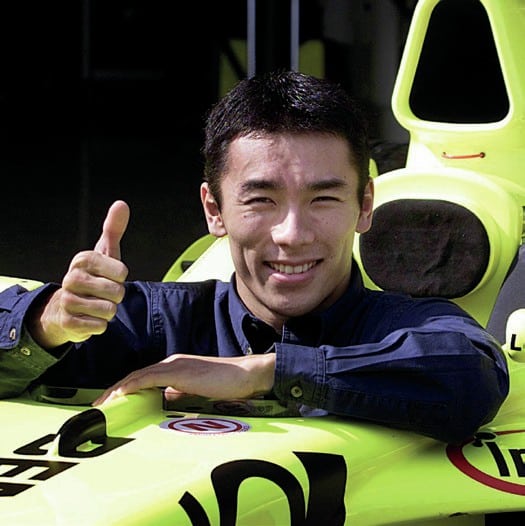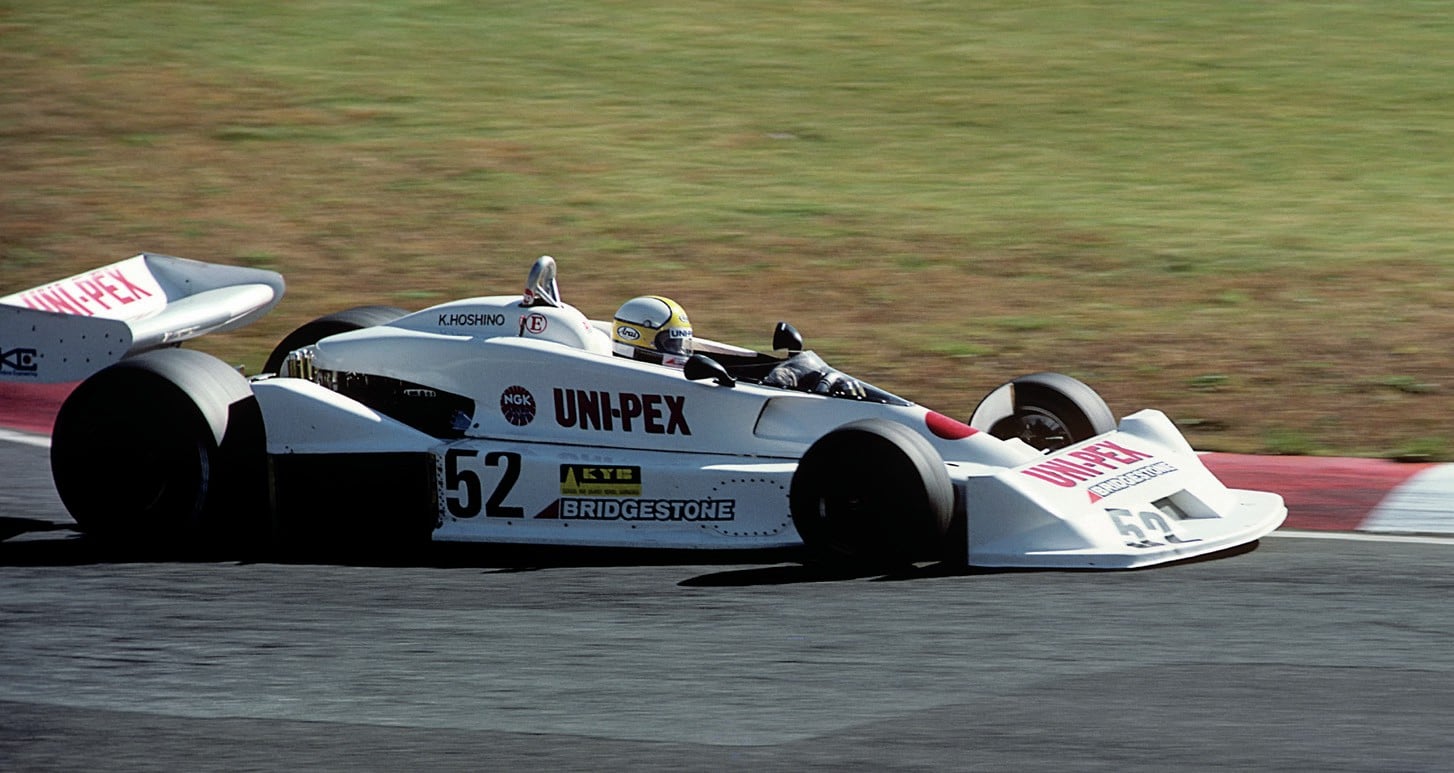Japan’s rising suns: Yuki Tsunoda joins a wave of new sporting talent
Despite a slew of talented Formula 1 drivers from the Far East, success has been elusive – and the problem could be cultural

Takuma Sato
After Japan finished 17th in the medal table at the 1992 Barcelona Olympics a senior member of the national team organisation complained about the lack of commitment from his athletes. They were too content with just being there, and weren’t determined enough to be winners, was the gist of what he said. It was a reflection of the Japanese character.
The comments resonated because they also seemed to be applicable to motor racing. By 1992 Satoru Nakajima had retired after an undistinguished spell in Formula 1, and Japan was represented on the grid by Aguri Suzuki and Ukyo Katayama. Although both men had their moments, ultimately neither achieved very much. Indeed, they seemed content just to be in F1, their drives secured by sponsors or engine suppliers.
In later years Takuma Sato and Kamui Kobayashi would show a more aggressive approach, especially when racing at home and inspired by the Suzuka crowd. Neither ever made it into a front-running F1 team, but their subsequent success in IndyCar and the WEC respectively showed that they were not lacking in talent.
Crucially both men also left Japan at an early stage, Sato running initially in Formula Opel, Vauxhall Junior and Class B F3, and Kobayashi in Formula Renault. Both were thus immersed in European racing culture and enjoyed an education that they wouldn’t have received had they moved up the ranks at home, as competitive as the local scene is.
The country’s best and most fiercely determined domestic star was Kazuyoshi Hoshino, whose many successes including pipping Eddie Irvine to the 1993 Japanese F3000 title at the age of 46. However, the odd sports car race aside, he never made a concerted effort to compete overseas.

Kazuyoshi Hoshino raced in two F1 GPs at Fuji. He finished 11th in October 1977 in the Kojima-Ford KE009
In making Tsunoda take the FIA F3 and F2 route rather than move up to Super Formula at home, Honda and Red Bull gave him the chance to learn and polish the rough diamond personality that makes him a winner.
“Takuma and Kamui were also very quick,” says Honda F1 boss Masashi Yamamoto.
“But Yuki had opportunities, like meeting Helmut. Other drivers didn’t have that kind of environment, or opportunities. He is in the right place at the right time.”
He’s also part of a new wave of Japanese sporting stars for whom just being there is not enough. In 2018 Naomi Osaka became the first Japanese winner of a tennis grand slam event, and this year Hideki Matsuyama became his country’s first golf major winner. Tsunoda has the opportunity to become the next national hero.
